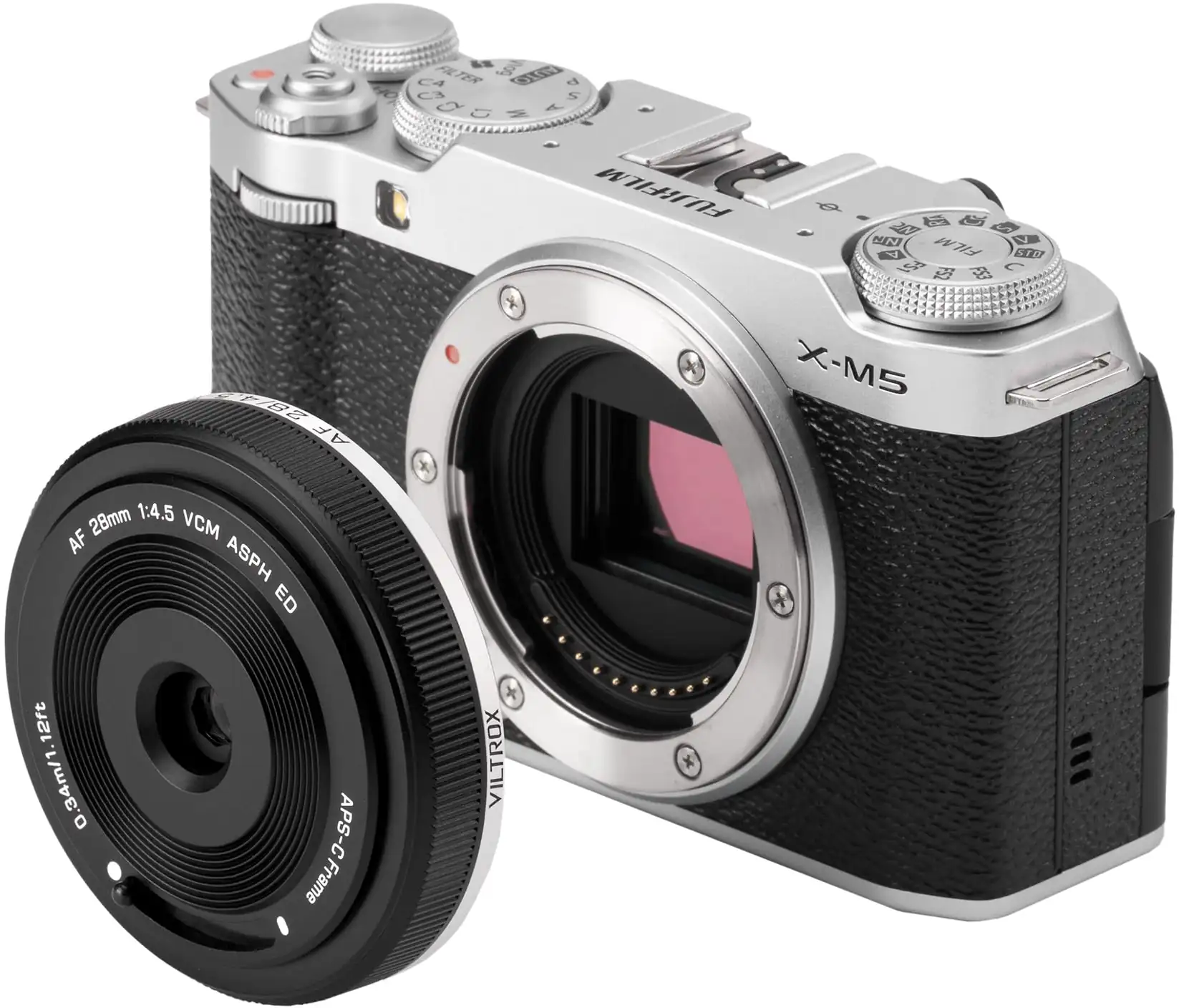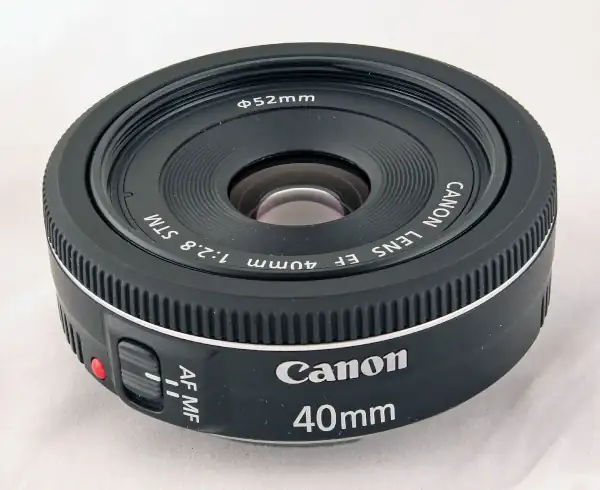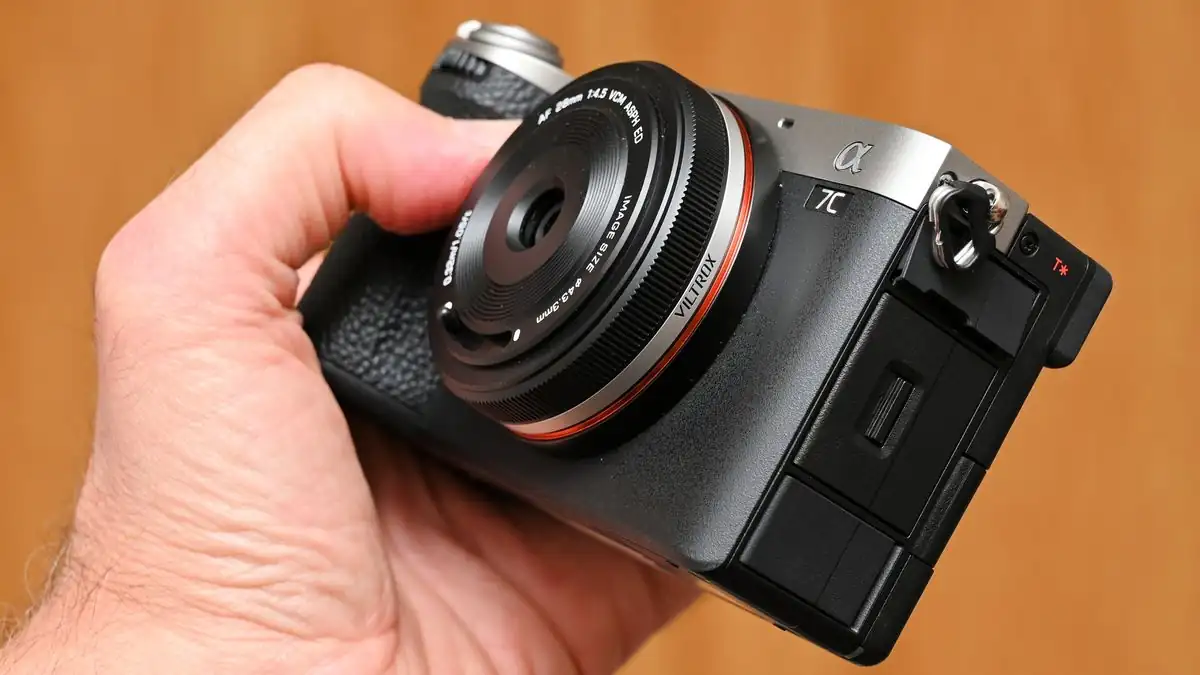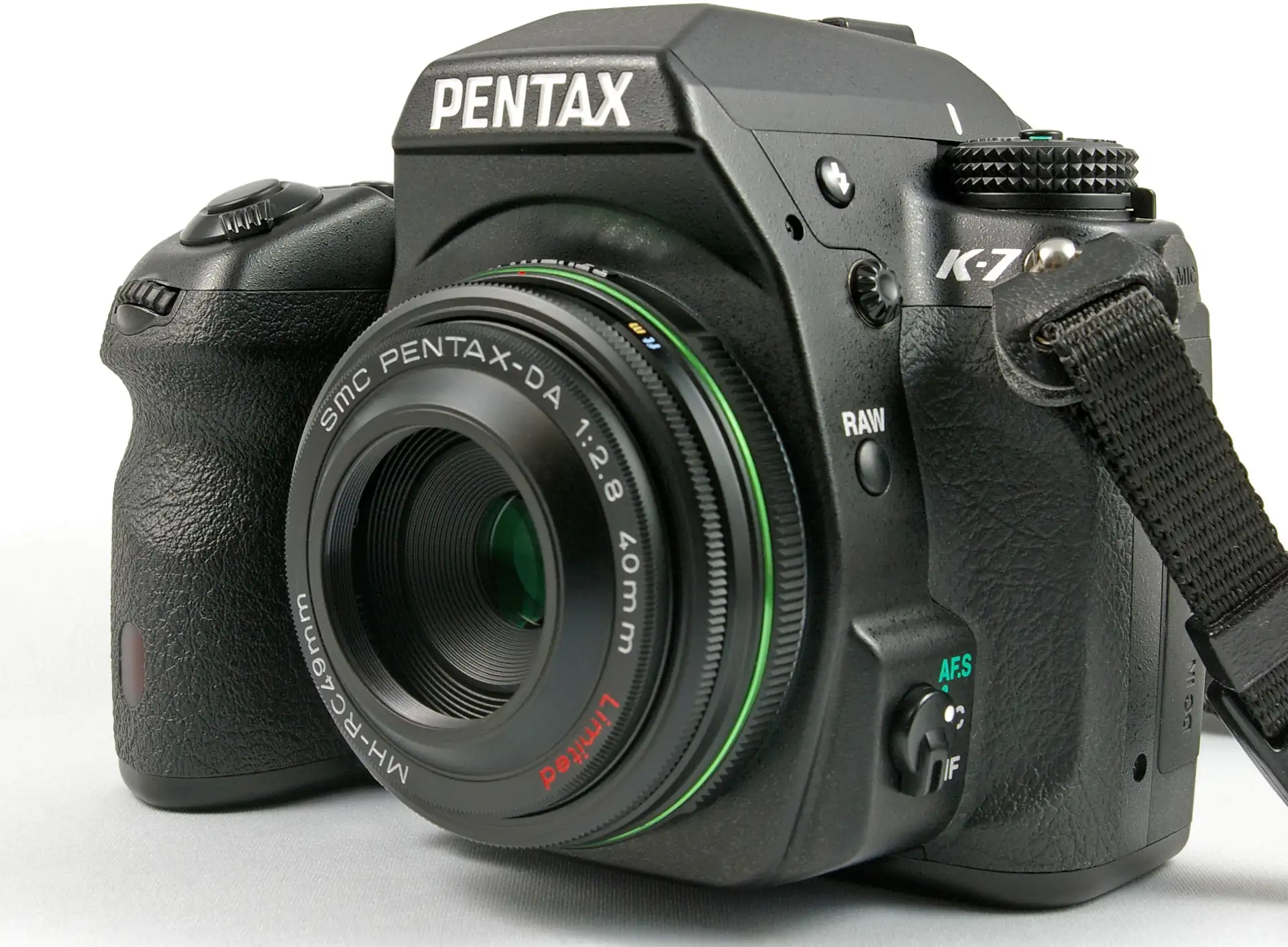🍳 Introduction: Why Everyone Loves a Good Pancake (Lens)
If you’ve ever picked up a camera fitted with a pancake lens, you know the feeling. Suddenly your camera feels lighter, more agile — like it’s ready to go anywhere with you. No bulky front element, no awkward balance, just a slim bit of glass that makes shooting feel natural again.
Pancake lenses — those short, flat, unassuming little primes — are the minimalist’s dream. They’re not new, of course. They’ve been around since the film era, but lately, they’ve made a quiet comeback thanks to mirrorless systems and the “carry everywhere” mindset of modern photography.
But let’s be honest: compact doesn’t always mean better. The real question is, what do you gain and lose when you trade a big, bright lens for something that fits in your jacket pocket?
Let’s break down what makes pancake lenses so appealing, what compromises they come with, and whether they deserve a spot in your camera bag.

🧇 What Exactly Is a Pancake Lens?
A pancake lens gets its name for one simple reason — it’s flat, short, and shaped like, well, a pancake. Most measure under 25mm in length and weigh around 100g, making them some of the most compact lenses available for interchangeable-lens cameras.
They’re typically prime lenses, not zooms, and fall somewhere between 20mm and 40mm (full-frame equivalent) — a sweet spot that’s close to natural human vision. That’s why they’re favorites among street, travel, and documentary photographers.
Common Pancake Legends:
- Fujifilm XF 27mm f/2.8 R WR — tiny, weather-sealed, razor-sharp.
- Canon EF 40mm f/2.8 STM — still a cult favorite for Canon shooters.
- Nikon Z 28mm f/2.8 SE — compact, retro-styled, and surprisingly good.
- Sony 35mm f/2.8 ZA — the original pancake for full-frame mirrorless.
- Ricoh GR III / GR IIIx — not interchangeable, but essentially a fixed pancake lens inside a body.
The goal of a pancake lens is simple: make photography effortless. You don’t need to think about your gear; it’s just there, quietly ready for anything.
🧠 Why Pancake Lenses Exist — and Why Photographers Love Them
When camera systems got smaller (thanks, mirrorless), lenses didn’t always follow. Pancake lenses fill that gap — giving shooters a setup that’s genuinely compact without sacrificing too much optical performance.
There’s something liberating about walking through a city with a camera that doesn’t weigh a kilo. You move differently. You shoot differently. You blend in.
And that’s the key — pancake lenses encourage spontaneity. You stop thinking about the equipment and start reacting to what’s around you.
Why people love pancakes:
- Discreet: You can shoot street scenes without drawing attention.
- Lightweight: You actually want to carry your camera all day.
- Balanced: Small lenses feel better on smaller mirrorless bodies.
- Affordable: They’re usually cheaper than f/1.4 primes or zooms.
- Simple: Fewer elements, fewer problems — sometimes less really is more.
There’s also a psychological side to it. A small lens makes photography feel casual again. You’re not performing with a giant setup — you’re just taking photos.

⚙️ Pancake vs Regular Lenses: The Real Differences
Let’s get into the practical side — because while pancake lenses sound romantic, they’re not perfect.
Here’s how they stack up against regular lenses across the areas that matter most.
🏋️♂️ 1. Size and Weight
This one’s obvious, but it’s the biggest reason to go pancake.
A typical pancake lens weighs between 70g and 150g, while a standard prime or zoom might weigh 300–800g. That might not sound huge on paper, but in practice, it’s the difference between slipping your camera into a jacket pocket and leaving it at home.
Example:
- Fujifilm XF 27mm f/2.8 R WR: 84g
- Fujifilm XF 35mm f/1.4: 187g
You feel that difference after a few hours of walking. Pancakes are a dream for travel, hiking, or city days when you don’t want a camera strap digging into your neck.
If your motto is the best camera is the one you have with you, then the pancake lens is your best friend.
📸 2. Image Quality
Here’s where things get interesting.
Pancake lenses use simpler optical designs — fewer glass elements, less space for correction, and sometimes smaller aperture blades. That can translate to softer corners, more vignetting, or slight distortion.
But here’s the twist: modern pancake lenses are much better than their reputation.
The Canon 40mm f/2.8 STM is a tiny lens that punches way above its weight. The Fujifilm XF 27mm f/2.8 is razor sharp in the center, with clean color and minimal distortion. Even at f/2.8, they’re fully usable wide open.
You’ll only really notice limitations if you’re working with ultra-high-resolution sensors (like 40MP+), or doing commercial work that demands technical perfection.
For most people, the image quality gap isn’t deal-breaking — especially if you care more about storytelling than pixel-peeping.
🌙 3. Aperture and Low Light
Most pancakes max out at f/2.8, and that’s where some photographers hesitate.
Regular lenses — think 35mm f/1.4 or 50mm f/1.2 — can create that dreamy background blur and soak up twice the light. In comparison, an f/2.8 lens will give you more depth of field and slightly more noise in dim situations.
Still, modern sensors handle ISO beautifully, and in many cases, f/2.8 is more than enough. You can shoot handheld at night if your camera has IBIS (in-body stabilization) — like the X100VI or Ricoh GR III — and still get crisp results.
The main trade-off is artistic: you won’t get those super-creamy bokeh backgrounds, but you will get sharper overall scenes and better focus accuracy.
🎨 4. Rendering and Character
This one’s subjective — and fun.
Pancake lenses often have a certain charm to them. They render images with a bit of vignette, a touch of softness, or higher contrast that feels reminiscent of classic film lenses.
They’re not sterile or “perfect” — and that’s part of their appeal.
Regular lenses, especially modern high-end ones, aim for technical excellence: sharp corner to corner, perfectly neutral color, smooth bokeh. Great for studio or portrait work — but sometimes too clinical for street or travel.
With a pancake lens, you might get a bit of edge falloff or some unique flare. And honestly, that’s character. It’s the difference between a photo that looks perfect and one that feels alive.
🧍♂️ 5. Handling and Experience
A pancake lens changes how you use your camera.
You become stealthier. People don’t notice you as much. You can shoot from the hip or get close without intimidating anyone.
It also makes your camera feel balanced and compact again — especially if you’re using mirrorless bodies like the Fujifilm X-E4, X-S20, or Sony a7C.
There’s also less to think about. No giant focus ring, no hood to worry about. Just point, compose, shoot. It’s the essence of photography — stripped down.
🔍 When to Choose a Pancake Lens
Pancake lenses are not for every situation, but they’re perfect for some. Here’s when they shine:
✅ Street photography — discreet, fast, and unassuming.
✅ Travel and everyday carry — small enough to bring everywhere.
✅ Documentary work — encourages a natural shooting flow.
✅ Food or lifestyle photography — great for handheld shooting in tight spaces.
✅ Hiking or biking — when every gram matters.
If your goal is to always have a camera with you, a pancake lens can be the difference between catching the moment or missing it.
🚫 When a Pancake Lens Might Not Work
Of course, there are times when a pancake just won’t cut it.
❌ Portraits: You’ll miss the shallow depth and compression of a fast 85mm.
❌ Low-light gigs or events: f/2.8 can struggle indoors without flash.
❌ Professional commercial work: Edge sharpness and contrast might not meet client standards.
❌ Wildlife or sports: You’ll need reach and speed that pancakes simply don’t offer.
So it’s not about one being better — it’s about fit. Pancakes are lifestyle lenses; regular lenses are tools for control.
🧾 A Few Real-World Setups
Here are some setups that photographers love using with pancake lenses:
- Fujifilm X-E4 + XF 27mm f/2.8 WR → a modern classic. The perfect travel combo.
- Canon RP + 40mm f/2.8 STM → cheap, light, surprisingly capable.
- Sony a7C II + 35mm f/2.8 ZA → full-frame power, compact form.
- Ricoh GR III → arguably the best pocket street camera on the planet.
Each of these setups fits in a small bag (or even a coat pocket), yet can deliver gallery-worthy results.
🧩 The Verdict: What’s the Real Trade-Off?
Here’s the truth: pancake lenses aren’t about technical perfection. They’re about freedom.
When your camera is light and compact, you carry it more. You shoot more. You experiment more. You pay attention to moments, not settings.
That’s worth a lot more than a bit of corner softness or a smaller aperture.
If you’re a photographer who values the joy of shooting, who wants a camera that feels like an extension of your hand — a pancake lens can transform your experience.
But if your work depends on perfect optics, creamy bokeh, or flexibility under pressure, then regular lenses will always have the edge.

🥞 Final Thoughts
At the end of the day, pancake lenses are about stripping photography down to its essence.
No bulk, no distraction, no excuses.
They remind us that great photography isn’t about having the biggest lens — it’s about having the one you’ll actually use.
So, next time you’re tempted by that tiny 27mm or 40mm lens, go for it. Slip it on, step out, and rediscover the simple pleasure of making photos.
Because sometimes, the best recipe for creativity is a light camera, a small lens, and a good walk.
